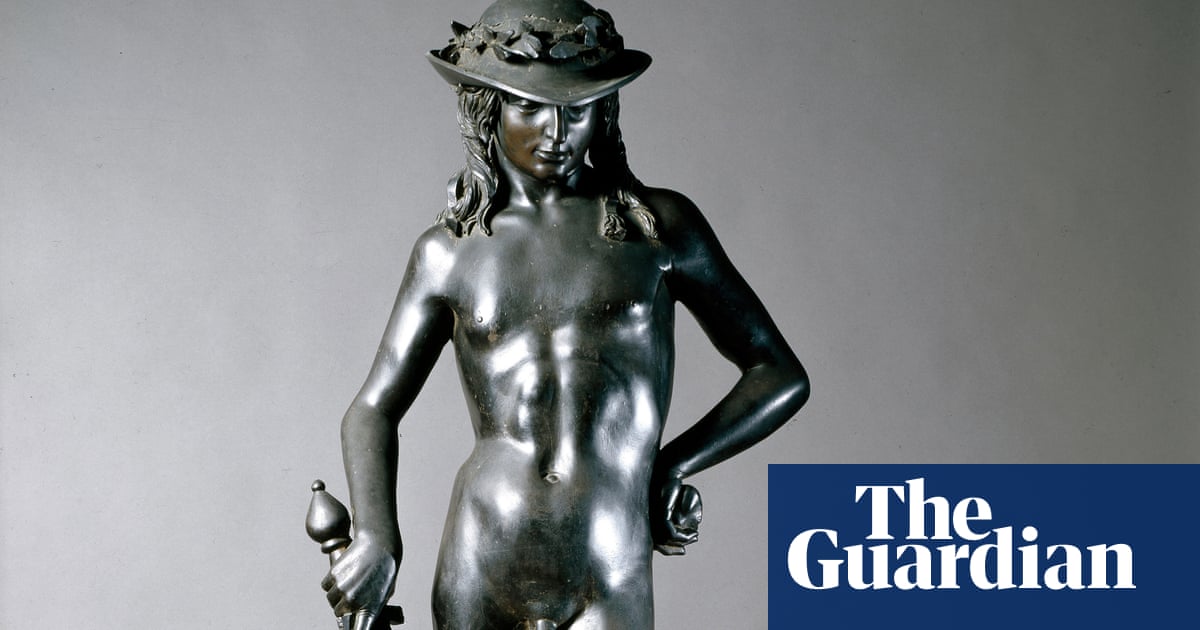
Ididn’t learn about Vicente Lusitano at school. On Saturdays, hanging out with my pals in HMV, I didn’t find his music when I slipped quietly into the classical section. Nor did I encounter him when I studied for a music degree, or during a career dedicated to early music.
And yet Lusitano was the first Black composer to have his music published. I first saw his name during the summer of 2020’s Black Lives Matter protests, when flautist and composer Alice H Jones tweeted a picture of the placard she had carried with her to a protest in New York City: a list of Black classical composers and their dates, starting with Lusitano, who, in the middle of the 16th century, predated the “first” acknowledged Black composer – Ignatius Sancho – in any music history I knew by more than 200 years: “I brought my music classroom to a protest today,” tweeted Jones. Three thousand miles away, I sat down and learned.
Vicente Lusitano was born in Olivença, then a Portuguese city, around 1520. He was ordained a priest, was in Rome by 1551, and travelled to Germany 10 years later. Crucially, he was described as “pardo” by his first biographer. The term signified a mixed-race person of white European and African parentage. Lusitano was Black.
In the 16th century, Lisbon’s population was roughly 10% Black; in Lusitano’s native Olivença, that figure was 4%. Portuguese diversity surprised visitors such as Flemish writer and traveller Nicolas Cleynaerts, whose writings contain early examples of anti-Black slurs. The archive doesn’t record what the subjects of his remarks thought of him, but there are glimpses of the response to such denigration elsewhere: in an anonymous 16th-century memoir, a white Portuguese man mocked Jácomo Feio, a Black shawm player to the Dukes of Bragança in the 1530s, mimicking the vernacular used by Black people at the time. Feio delivered his ice-cold reply in formal Portuguese.
Diverse, southern Europe may have been, inclusive it was not. The atrocity of the trade in enslaved Africans was under way, conducted with violence, both physical and social. Most Black people in Iberia were enslaved, those who were free lived under the threat of being kidnapped as “runaways”: in Italy, the kidnapped victim had to prove that they were not actually enslaved. There is no known record of Lusitano’s background but, given the level of education generally required of composers of the time, and the common usage of “pardo” to suggest Black mixed-race, it is easy to speculate that he was born to a white father and a Black mother.
There is also no record of Lusitano ever holding a church post, the usual job for male European composers in that era. Portugal reserved salaried roles in the church for white clergy; regardless of ability, Black clerics were excluded. Citing the dedication in Lusitano’s first publication, music historian Robert Stevenson supposed that he worked as a tutor to the aristocratic Lencastre family. We have a record of Lusitano in Rome in 1551. That same year, the Lencastres moved to Rome as ambassadors at the papal court. Lusitano even wrote a piece about it – Quid montes, Musae. Perhaps Lusitano travelled to Rome with the Lencastres in the hope of persuading the pope to allow him to secure a church post, but it never happened. By 1561 he had converted to Protestantism, married, and was on his way to Germany, probably in the hope of securing a position there.
“Our predecessors struggled to leave records,” writes historian Mary Rambaran-Olm. Excluded from the opportunities that would have come with a church position – a place to showcase his music, scribes to copy it into choir books – Lusitano struggled to leave us traces of his life.
And yet he managed to become one of the most prolific Black artists of early modern Europe. 1551 saw the printing of Liber primus epigramatum – 23 motets, the first published composition, that we know of, by a Black person. Written for choir, to be performed in church services, it would take an ensemble several hours to perform the whole book in one sitting. Given the exclusion he probably faced, that Lusitano published at all is a massive achievement. A work of music theory followed in 1553, running to three editions, and Lusitano also completed a lengthy manuscript treatise on the art of singing. A further motet, Beati omnes qui timent Dominum, exists in a book copied at the ducal court in Stuttgart, dated 1562 – perhaps the only example of a 16th-century Catholic-born Iberian writing specifically for Protestant liturgy.
Lusitano’s compositions are sonorous and intricate. Like his contemporaries, he writes in a style where single ideas generate lines for multiple voices which weave around each other: counterpoint.
And counterpoint matters to classical music. Bach, Mozart and Beethoven all studied the counterpoint perfected by Renaissance composers. It is at the root of classical music. For composition students, it’s their times tables. Counterpoint became one of the things that marked classical music as European. And in the 19th century, at the height of “scientific racism”, classical music was enlisted to “prove” Europe’s exceptionalism. For influential 19th-century theorist François-Joseph Fétis, it was reportedly the race blanche “which alone has produced music that may be elevated to the dignity of art.”
Such claims of exceptionalism were of course odious and false. Lusitano, the Black master musician, writing and teaching counterpoint during its golden age, shows us how selective music history is in who it remembers. Palestrina, Lassus – men with patronage, access, and influence – these would become the Renaissance giants whose music was later pored over.
What happened to Lusitano’s memory has happened to countless other Black people in Europe’s history. The discrimination they faced didn’t end at their deaths. Nineteenth-century Europe’s music histories had no room for Black people. Even today, uncovering classical music’s Black history can lead to hostile reactions.
After 1561, Lusitano disappears from the historical record. The hoped-for job in Germany didn’t materialise and he became a footnote in histories of the period.
“Listen, perform, teach,” read Jones’s placard. Composers such as Lusitano help us to listen more carefully, to hear Black voices, present for as long as there has been such a thing as classical music.
In our rehearsal room, Lusitano’s notes wait patiently on the music stand. As the singers of Chineke! Voices, joined by young voices from the Children’s Choir of St John the Divine, Kennington, turn the notes into sound, we’re struck by how varied Lusitano’s music is – where Beati Omnes bounces along cheerfully, the intense devotion of O Beata Maria is almost unbearable at times. Each singer lends their voice to a music and a story that has been too long silenced, breathing life into music by those whom history has left out.












